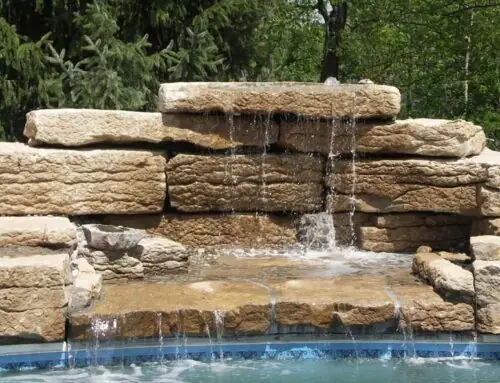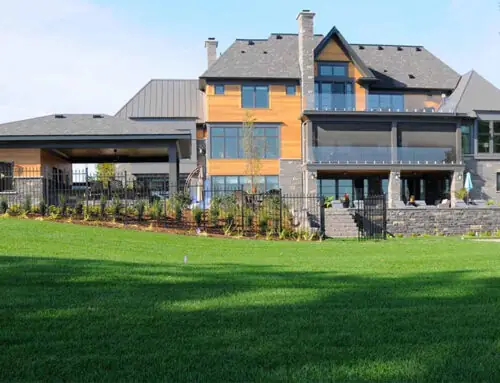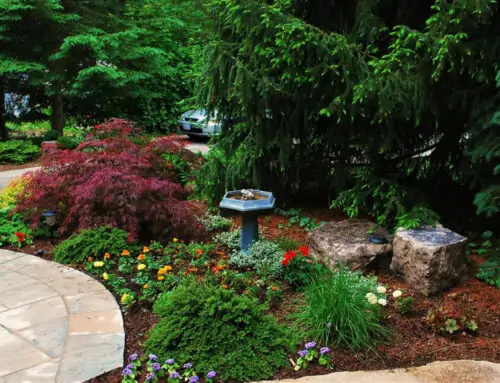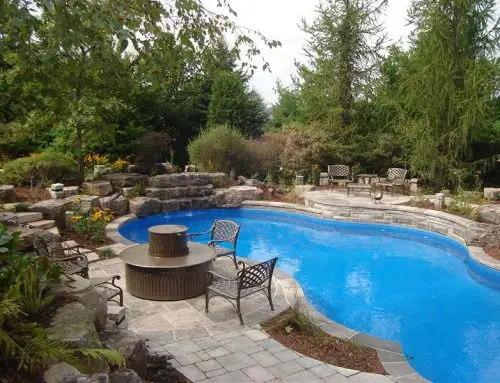Homeowners living in the greater Hamilton area have some unique challenges when it comes to their landscaping. Particularly for those who live along the bottom of the Niagara Escarpment or in the Dundas Valley area, uneven land and erosion can be a problem.
One solution is to build a wood retaining wall. Doing so can help you reshape and stabilize sloped land – making it level for decks, patios, driveways, etc. Furthermore, these walls can help prevent the slopes from shifting too much, which – over time – can result in structural damage to your home.
Wood is a popular choice for retaining walls because not only does it provide protection, but they also offer a beautiful natural look that compliments most landscaping designs.
Areas that can benefit most from a wood retaining wall include:
- Areas near creeks or ravines.
- The tops or bottoms of cliffs.
- Areas where flooding is known to occur.
- Areas where trees and other vegetation have been significantly removed.
Homeowners in the Hamilton area should consider having a retaining wall installed if:
- They need to create a level site for construction or landscaping.
- They wish to level their backyard.
- To accommodate a swimming pool.
What steps are involved in building a retaining wall?
The first step is obtaining the necessary permits from the City of Hamilton. If a contractor is building the wall for you, they will usually be the ones to apply for the permits on your behalf – but if you are unsure, you should ask to make sure that you will not be running into trouble with the City later.
The next step is planning out where the retaining wall will go, by measuring it out with stakes, before cutting away a section of the slope. Remember that when cutting the slope, you will need to dig sideways and not down.
More stakes are then added – about two feet apart from each other. These stakes will mark the locations where the post holes will go. The post holes should be roughly the depth of the height of the soil that you are holding back. Gravel is then added, and the 4×4 posts are set before the boards are added to complete the retaining wall.
Finally, gravel is added to the slope side of the wall and distributed evenly to promote drainage.
How long will a wood retaining wall last?
If it is made with high-quality materials and proper waterproofing is done, a wood retaining wall can last around 20 years or longer. To ensure that the wall lasts as long as possible, it is important that you work with a contractor who understands where water is likely to pool and who can incorporate proper drainage.
Contact Evergreen Landscapes today.
If you are a homeowner in the Hamilton area who struggles with sloped land, a wood retaining wall can be an effective solution and beautiful addition to your home. For a free quote to install a wood retaining wall, contact Evergreen Landscapes today!





